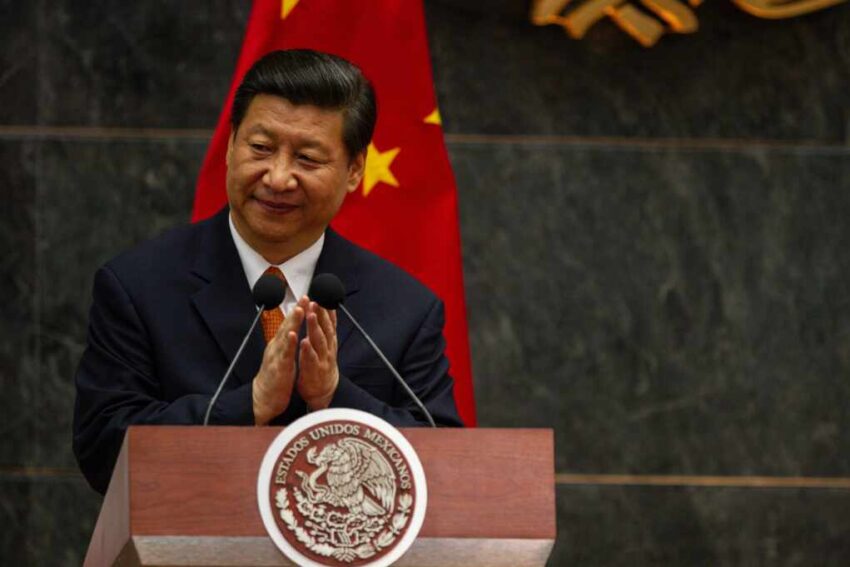Xi Jinping’s rare visit to Tibet for the region’s 60th anniversary showcased carefully staged celebrations while reinforcing Beijing’s control over the contested plateau.
At a Glance
- Xi attended Tibet’s 60th-anniversary celebrations in Lhasa on August 21, 2025
- Events featured parades, performances, and slogans promoting Party ideology
- Xi emphasized unity, stability, development, and guiding religion under socialism
- The visit was only his second to Tibet as president, reflecting strategic importance
- Critics argue the spectacle masked repression and cultural assimilation
Pageantry at the Potala
In Lhasa’s Potala Palace square, thousands gathered to mark six decades since the 1965 establishment of the Tibet Autonomous Region. The day included mass singing, dances, military parades, and floats, staged beneath the symbolic palace. Xi appeared with senior officials, flanked by banners declaring Party priorities ranging from stability to environmental protection.
Watch now: Xi Jinping in Tibet LIVE: Chinese President Xi Jinping Delivers Speech in Lhasa · YouTube
The ceremony was choreographed to project loyalty and national pride, with large crowds waving flags in tightly managed conditions. Placards cited “Xi Jinping Thought” as the guiding framework for Tibet’s governance.
Messaging and Control
Addressing the audience, Xi called for unity, security, and religious harmony, urging Tibetan Buddhism to align with socialist principles. Officials reiterated that Tibetan affairs are an internal matter, warning against separatist activity. Approximately 20,000 people were in attendance, though access was carefully restricted, and security remained tight.
This was only Xi’s second trip to Tibet during his presidency, highlighting both its strategic weight and Beijing’s sensitivity to the region’s political symbolism. Analysts note that the visit blended pageantry with reminders of state authority, underscoring efforts to consolidate influence.
Development and Assimilation
Official data highlights significant infrastructure expansion: from 2012 to 2024, Tibet’s road network nearly doubled, and regional GDP rose to about 276.5 billion yuan (roughly US $39 billion). Authorities presented these figures as evidence of progress and modernization.
Critics, however, point to forced cultural assimilation, language restrictions, and curtailed religious freedoms. Rights groups argue that the migration of Han Chinese into Tibet and the mandatory use of Mandarin in schools threaten Tibetan identity. Reports also describe limits on access to monasteries and surveillance of religious practices.
Strategic Undertones
The timing of Xi’s trip, paired with heightened border tensions and China’s emphasis on frontier security, suggests broader motives. Tibet occupies a sensitive location near India and Nepal, and Beijing has prioritized infrastructure development for both economic integration and military readiness.
Observers say that while the anniversary was celebrated with spectacle, the political undertones revealed Beijing’s dual strategy: presenting economic growth as proof of legitimacy while maintaining strict cultural and political controls.
Sources
Click this link for the original source of this article.
Author: Editor
This content is courtesy of, and owned and copyrighted by, https://deepstatetribunal.com and its author. This content is made available by use of the public RSS feed offered by the host site and is used for educational purposes only. If you are the author or represent the host site and would like this content removed now and in the future, please contact USSANews.com using the email address in the Contact page found in the website menu.





